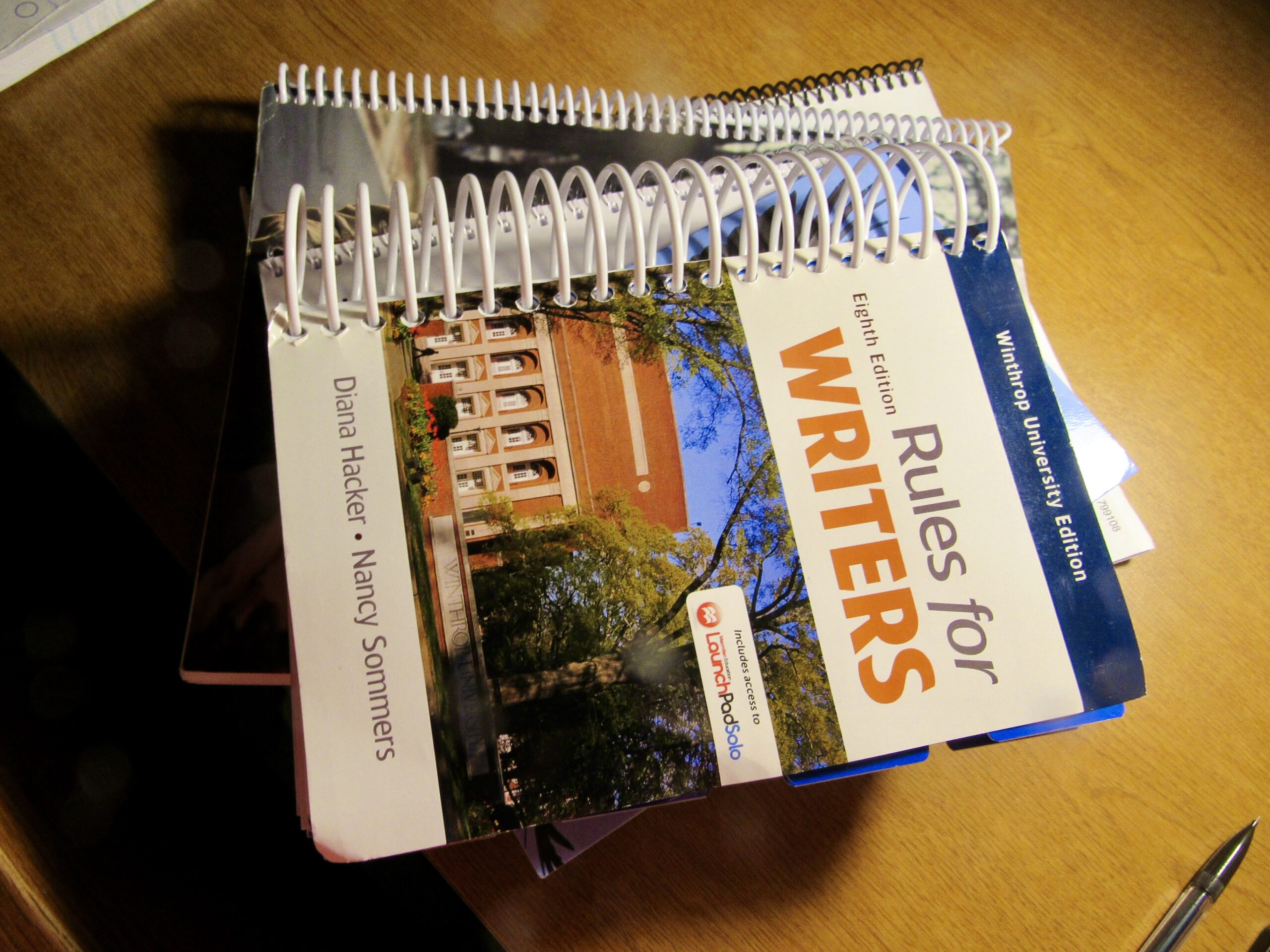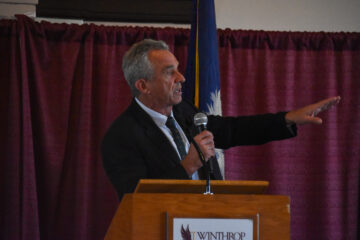Due to the COVID-19 pandemic, Dacus Library has decided that textbooks will no longer be available for student consumption.
While Dacus gives students online resources for finding digital copies of their required textbooks, not every class has an online version of their reading. Some books are only available digitally through purchase, which is often around the same price of simply buying a printed copy.
Students also are barred from scanning their textbooks into .pdf files, as it would still be contaminating library resources. This puts low-income students at a huge disadvantage for the semester. Textbook prices are often gouged, with campus bookstores charging sometimes twice as much as used bookstores.
For example, buying a new textbook for ENGE 391 (Principles of teaching English in Middle and High School) at Thriftbooks is half the price of buying a used copy of the same book at the Winthrop bookstore. According to a study conducted by Sara Goldrick-Rab, roughly half of college students face some sort of financial struggle. With so many students living in poverty, textbooks become less of a necessity and more of a luxury.
Dacus was a resource for these students, providing access to textbooks that otherwise may have been financially inaccessible. With the limitations placed on what campuses can and cannot offer their students during this pandemic, accessibility has become a class barrier. Students who can afford to purchase or rent their textbooks from the bookstore are able to view the required materials for class.
The remaining students, who relied on the library and sharing with classmates for textbooks access, are now resourceless. With the onset of remote learning, sharing a textbook with a classmate has become more difficult. Bootleg copies of .pdf files are becoming increasingly popular, as physical copies of books could become sources of cross-contamination.
Downloading these pirated textbooks puts students at risk of installing malware onto their computers, which takes time and money to reverse. Two commodities, it seems, that college students are without. Checking textbooks out from the library has become a necessity for countless students.
Emily O’Regan, a circulation desk assistant, confirms that textbooks will no longer be available for checkout. “This is to help stop the spread,” O’Regan said. “However, there are other ways to get these textbooks if need be.”
So what can be done to give students access to necessary resources? The York County Library System has reopened their doors to the public. While entering the building is not allowed, the library is offering curbside pickup for materials.
Students can check with the library, either online or by phone, and rent materials this way. Receiving a library card is free, but students are required to fill out an application. Not many textbooks are available through the York County Library, but there are some resources available.
Students can also purchase textbooks from classmates. The Winthrop University student body has created multiple Facebook pages dedicated to buying and selling required materials. The online listings posted to these pages are priced much lower than even used bookstores.
Students understand the struggle that their classmates are going through financially, so materials are always listed within a reasonable range. The secondhand textbook market can also be found on posters in common areas (DiGS Student Center, the bulletin boards in Johnson Hall, residential buildings, etc.), as students will create their own sales fliers to spread the word. This provides access to secondhand materials to students who do not have reliable Internet access.
Dacus Library has stopped textbook circulation in order to protect the students of Winthrop from potentially contracting COVID-19. However, taking away this resource has given lower-income students a disadvantage for academic success. Financial struggles are hard enough for students to overcome without throwing a global pandemic into the mix.
Photo by Emma Crouch




